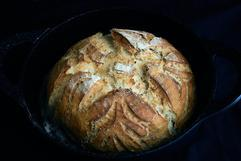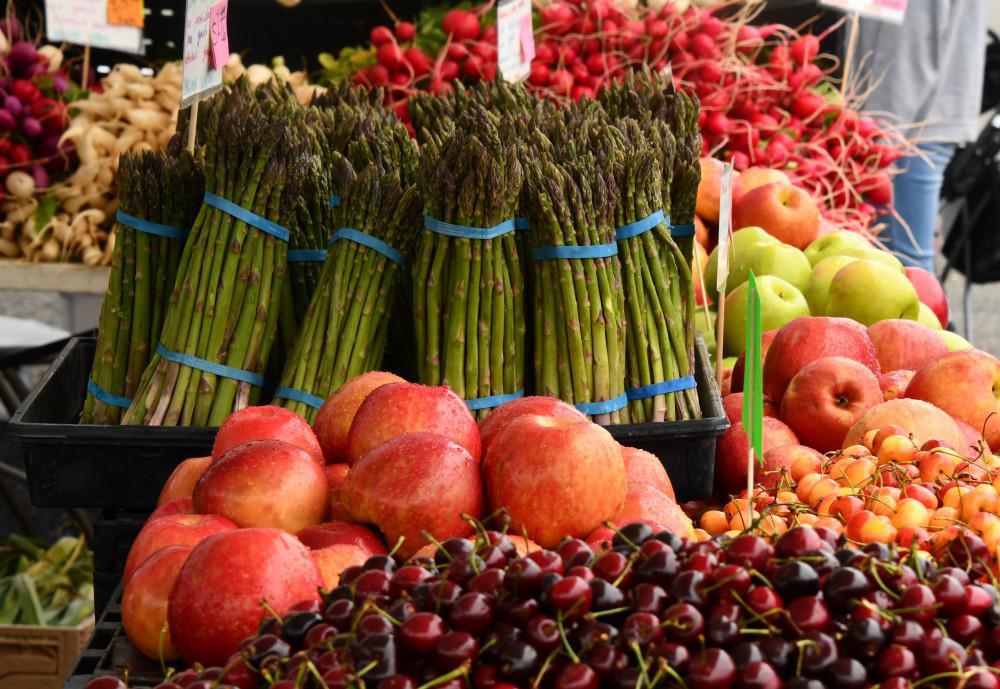
Eating healthy foods can help lower your risk for disease. It is one of the best preventative measures for your whole health. Making choices for nutrient-dense food gives you energy, keeps your heart healthy, your brain active, your muscles working, and your bones strong.
A healthy diet includes a variety of foods from the basic food groups: grains, vegetables, fruits, milk and milk products, and meat and beans. Some people may eat more of their favorite foods from only one food group and, as a result, miss getting the nutrients they need. So, it is important to pay attention not only to what you eat but also to what you are missing from your diet. You can eat a healthy, balanced diet by making a few small changes.
How do you know if your diet is healthy?
Look at what you eat
- Keep a food diary for a week or two and record everything you eat or drink. Track the number of servings you eat from each food group.
- For a balanced diet every day, eat a variety of:

◦ 6 or more ounce-equivalents of grains, such as cereals, bread, crackers, rice, or pasta, every day. An ounce-equivalent is 1 slice of bread, 1 cup of ready-to-eat cereal, or ½ cup of cooked rice, cooked pasta, or cooked cereal.
◦ 2½ cups of vegetables, especially:
▪ Dark-green vegetables such as broccoli and spinach.
▪ Orange vegetables such as carrots and sweet potatoes.
▪ Dry beans (such as pinto and kidney beans) and peas (such as lentils).
◦ 2 cups of fresh, frozen, or canned fruit. A small apple or 1 banana or orange equals 1 cup. ◦ 3 cups of nonfat or low-fat milk, yogurt, or other milk products.
◦ 5½ ounces of meat and beans, such as chicken, fish, lean meat, beans, nuts, and seeds. One egg, 1 tablespoon of peanut butter, ½ ounce nuts or seeds, or ¼ cup of cooked beans equals 1 ounce of meat.
- Learn how to read food labels for serving sizes and ingredients. Fast-food and convenience-food meals often contain few or no fruits or vegetables. Make sure you eat some fruits and vegetables to make the meal more nutritious.
- Look at your food diary. For each food group, add up what you have eaten and then divide the total by the number of days. This will give you an idea of how much you are eating from each food group. See if you can find some ways to change your diet to make it more healthy.
Start small
- Do not try to make dramatic changes to your diet all at once. You might feel that you are missing out on your favorite foods and then be more likely to fail.
- Start slowly, and gradually change your habits. Try some of the following:

◦ Use whole-wheat bread instead of white bread.
◦ Use nonfat or low-fat milk instead of whole milk.
◦ Eat brown rice instead of white rice, and eat whole wheat pasta instead of white-flour pasta. ◦ Try low-fat cheeses and low-fat yogurt.
◦ Add more fruits and vegetables to meals and have them for snacks.
◦ Add lettuce, tomato, cucumber, and onion to sandwiches.
◦ Add fruit to yogurt and cereal.
Enjoy food
- You can still eat your favorite foods. You just may need to eat less of them. If your favorite foods are high in fat, salt, and sugar, limit how often you eat them, but do not cut them out entirely. • Eat a wide variety of foods.
Make healthy choices when eating out

- The type of restaurant you choose can help you make healthy choices. Even fast-food chains are now offering more low-fat or healthier choices on the menu.
- Choose smaller portions, or take half of your meal home.
- When eating out, try:
◦ A veggie pizza with a whole wheat crust or grilled chicken (instead of sausage or pepperoni). ◦ Pasta with roasted vegetables, grilled chicken, or marinara sauce instead of cream sauce. ◦ A vegetable wrap or grilled chicken wrap.
◦ Broiled or poached food instead of fried or breaded items.
Make healthy choices easy
- Buy packaged, prewashed, ready-to-eat fresh vegetables and fruits, such as baby carrots, salad mixes, and chopped or shredded broccoli, and cauliflower.
- Buy packaged, presliced fruits, such as melon or pineapple.
- Choose 100% fruit or vegetable juice instead of soda. Limit juice intake to 4 to 6 oz (½ to ¾ cup) a day.
- Blend low-fat yogurt, fruit juice, and canned or frozen fruit to make a smoothie for breakfast or a snack.







